End-to-End Procedure
See the following tasks to deploy threat defense with device manager on your chassis.

|
|
Pre-Configuration |
|
|
|
Pre-Configuration |
|
|
|
Pre-Configuration |
|
|
|
Threat Defense CLI |
|
|
|
Device Manager |
|
|
|
Device Manager |
|
|
|
Cisco Commerce Workspace |
Configure Licensing: Obtain license features. |
|
|
Smart Software Manager |
Configure Licensing: Generate a license token. |
|
|
Device Manager |
Configure Licensing: Register the device with the Smart Licensing Server. |
|
|
Device Manager |






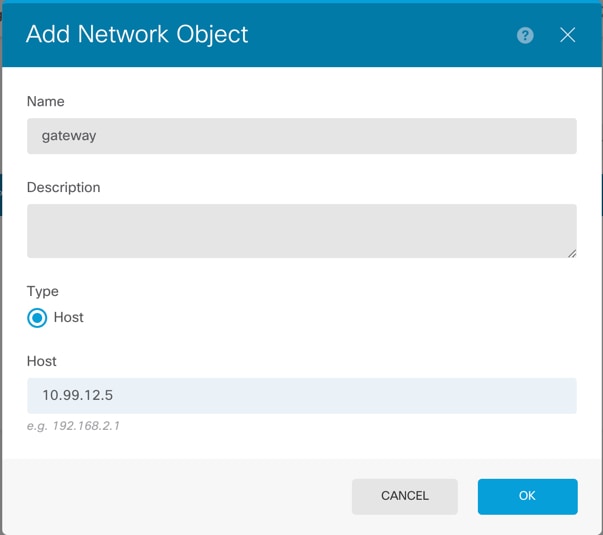
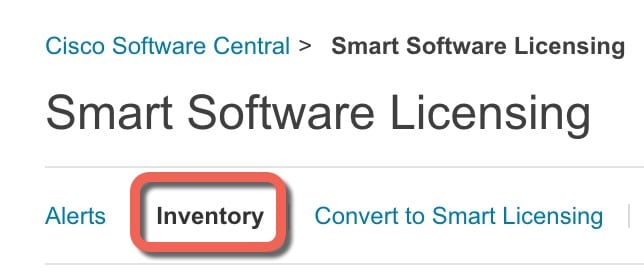
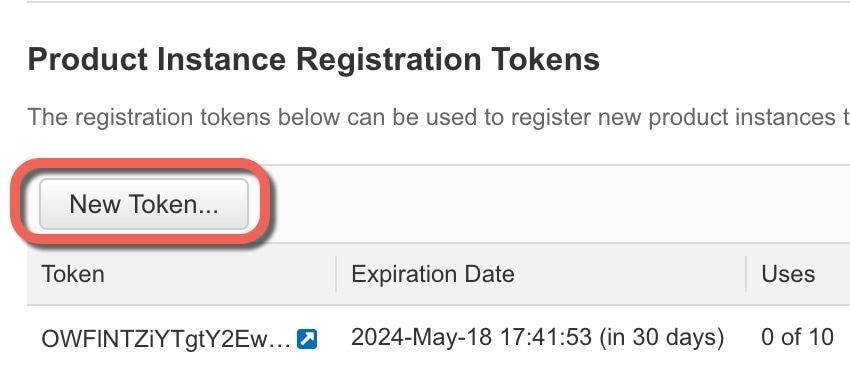
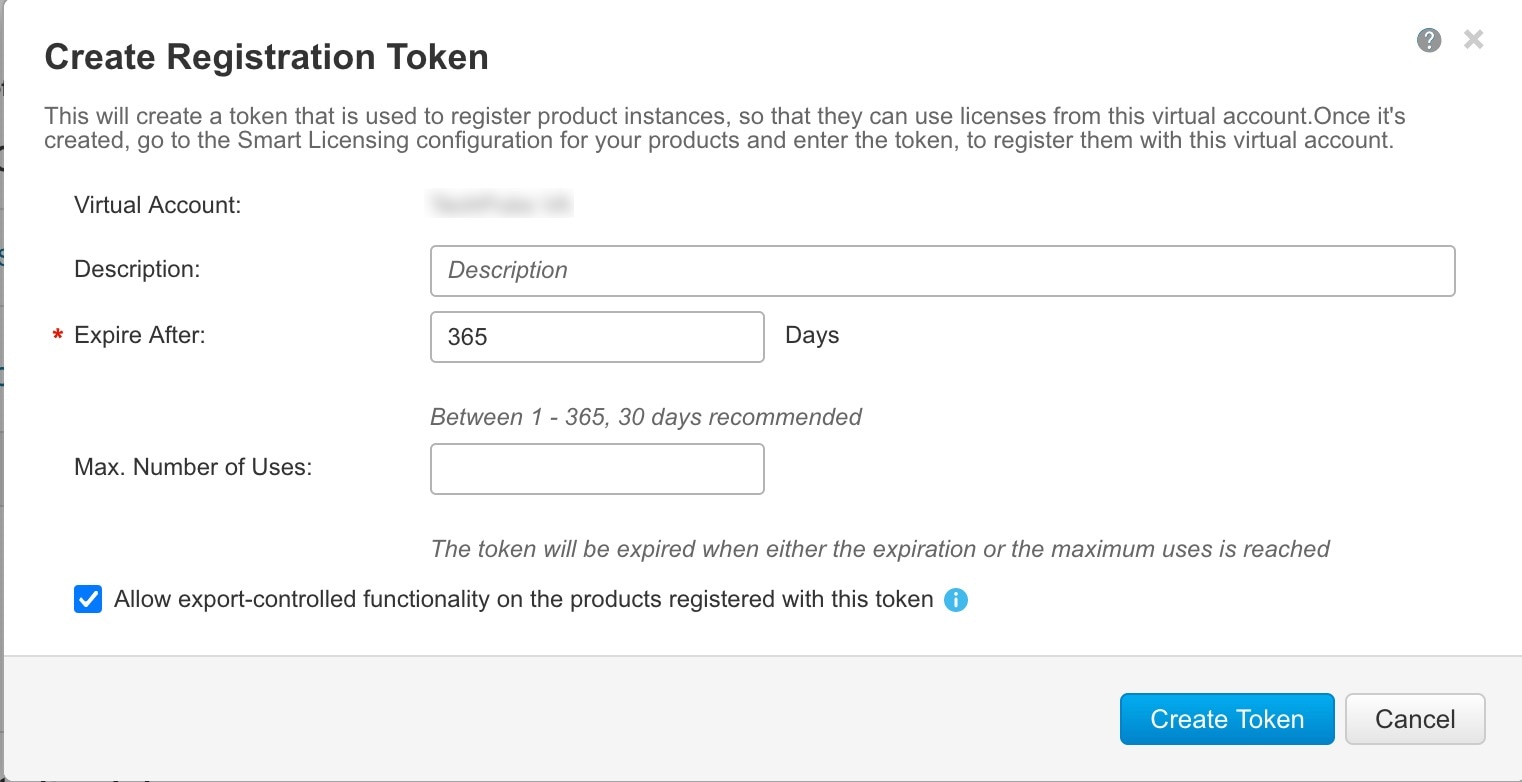
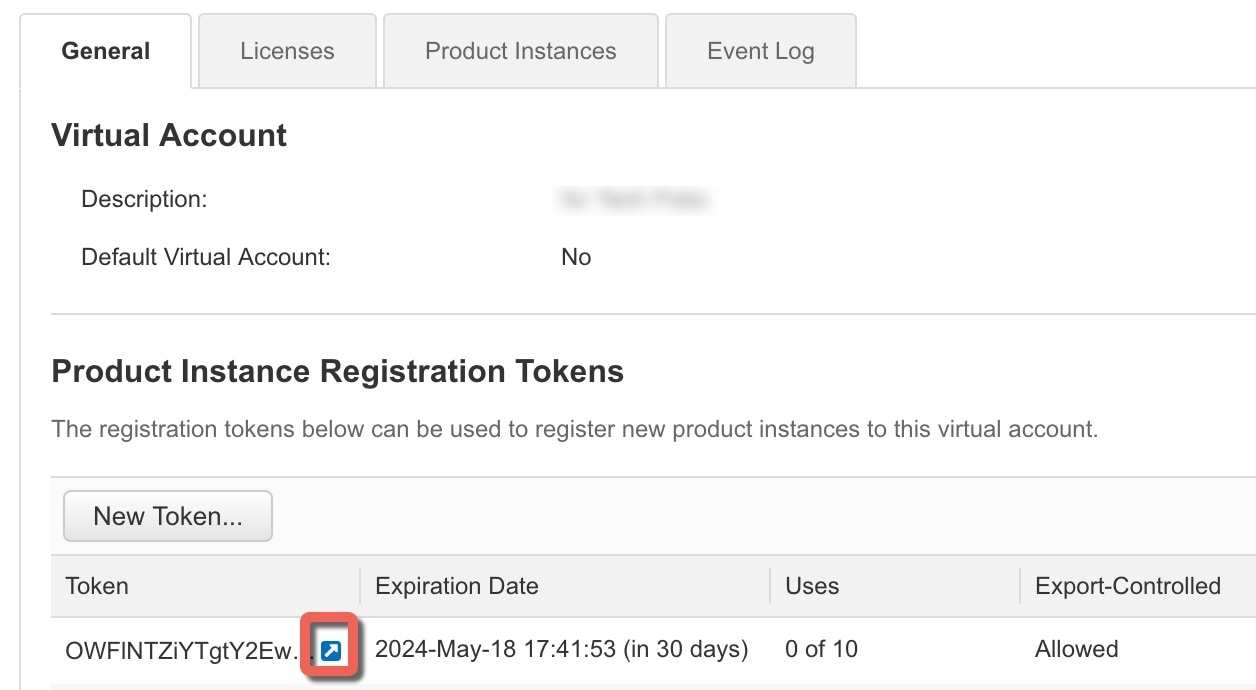

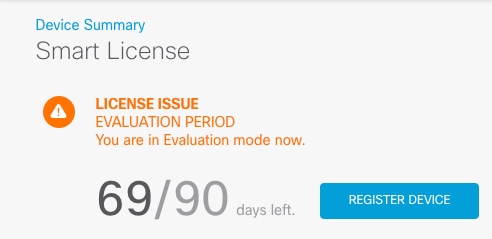






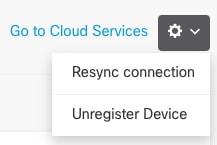
 ) for each interface to set the mode and define the IP address and other settings.
) for each interface to set the mode and define the IP address and other settings.
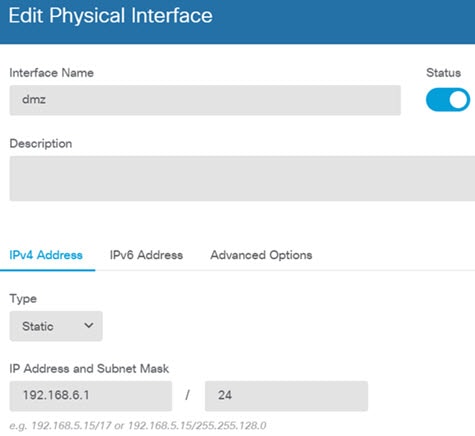

 ), to deploy your changes to the device.
), to deploy your changes to the device.
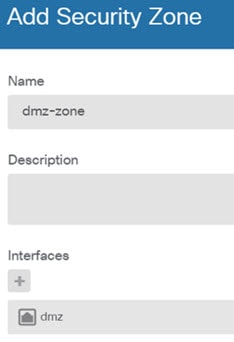
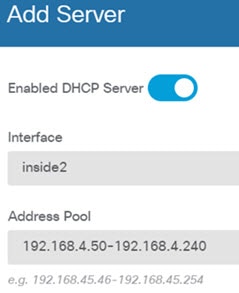
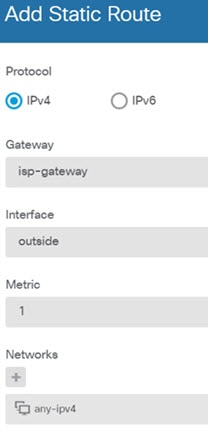
 Feedback
Feedback